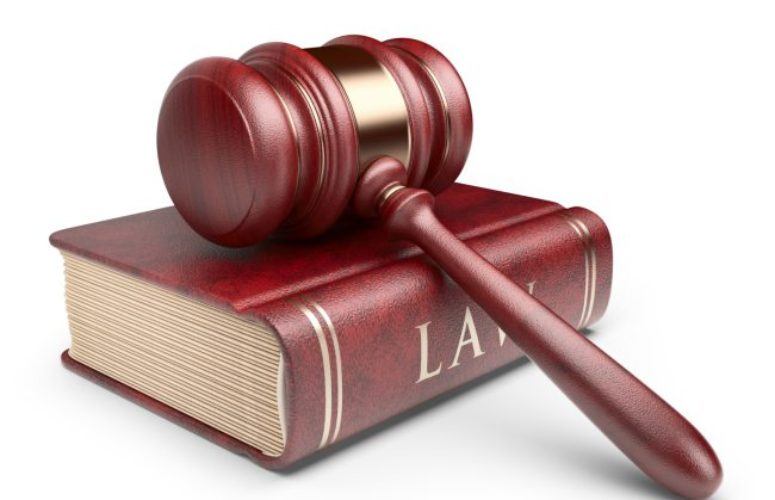
How to Secure Evidence After an Accident
Assist your defense attorney by putting the following steps into action.
By Catherine De Angelis On Mar 9, 2021Securing evidence after an accident is critical to how well your future defense attorney can defend your company when litigation ensues. Defense attorneys are constantly faced with the challenge of recreating an incident based on bits and pieces of evidence secured at the time. Here’s what you need to know.
The most common phrase defense attorneys hear from witnesses is, “I don’t remember.” The witnesses are not to blame; years have passed since the accident. So, the key is to try to imagine what your future defense attorney would have wanted to observe, if he or she were there at the time.
Gather Information: Once the injured person is taken care of, by calling for an ambulance or providing ice or a bandage, evidence gathering should begin.
First, the focus should be on gathering the information needed to complete an incident report. The incident report should walk the employee through collecting all the information that should be preserved including, name and contact information of the injured person, description of the incident, and identifying witness names and contact information.
It is also good practice to keep personal notes that contain additional details such as weather, lighting and any other extraneous information that may not be mentioned in the incident report.
Photographs & Videos: Photographs and videos are arguably the most important pieces of evidence. It is important to step back and take photographs of the entire area to provide perspective and context. Also, include any signs or safety precautions that are present, such as warnings for a wet floor or a step down.
Be sure to secure any video surveillance of the accident, location and injured party, including several hours before and after the incident.
Employees, Policies & Procedures: Securing a list of all employees working at the time and on the day of the accident will be helpful. The daily schedule of employees, including management, will usually suffice, but to take it a step further, include contact information for each employee. If any employee was a witness to the incident, then a written statement should be obtained noting any details observed by that employee.
Finally, preserving the employee training in place at the time along with any applicable policies and procedures, based on the subject matter of what is at issue, will be very helpful to defense counsel in the future. The reason this is so important is because both employee training and written policies and procedures are updated regularly. The version in effect at that time may not be available in the future or may not be easily accessible.
In the end, preservation of evidence will give your future defense attorney the information and documentation required to help recreate the accident and the ammunition needed to formulate the best possible defense, saving your business time and money.
About the Author
Catherine De Angelis is a partner at Weber Gallagher. She is an experienced litigator handling both state and federal cases through trial and appeal.
To access more business news, visit NJB News Now.
Related Articles:





